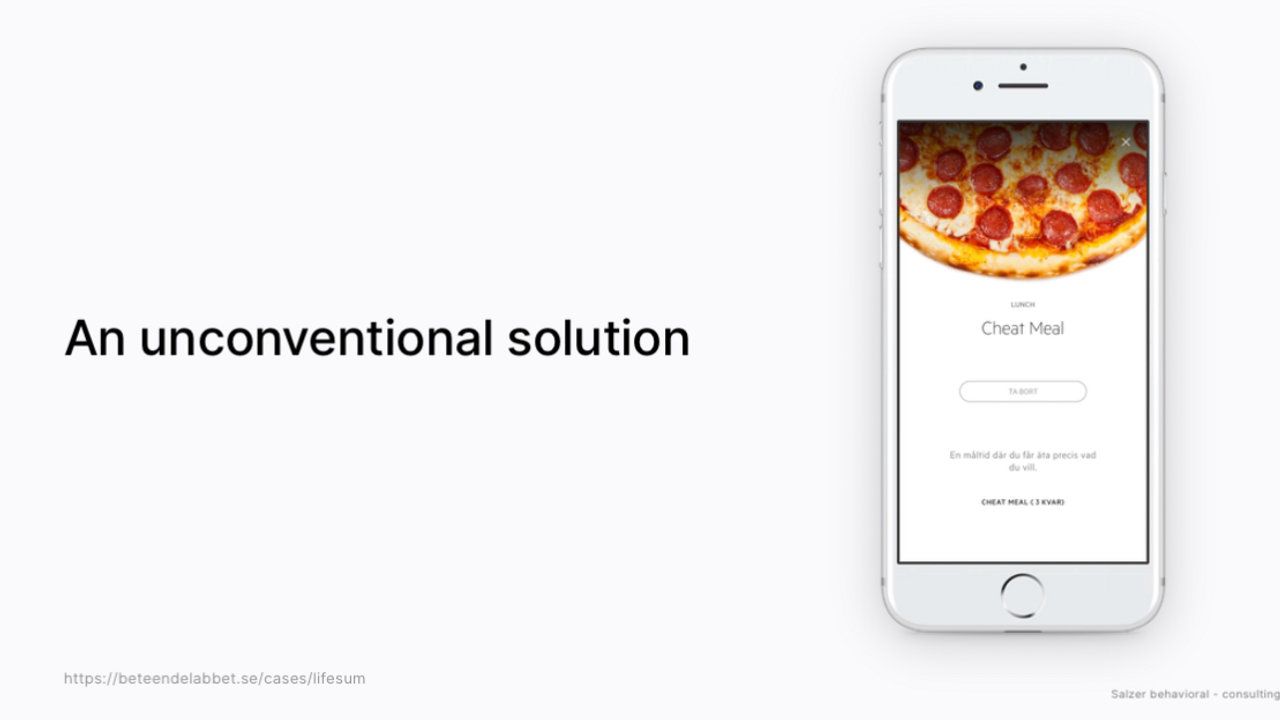Expecting customers to fail

Lifesum is a diet App in Sweden that allows users an occasional “cheat meal” — something like pizza or a burger — without disrupting their progress.
So popular was this product tweak that take-up almost doubled.
That’s what habit specialist Samuel Salzer shared in his talk “The Science Behind Habit-Forming Tech, explaining that designing for “failure states” can improve user and business outcomes.
From streak to bleak
We know that consistency is the biggest indicator of whether a habit will form. More important than whether the behaviour represents a small or big change, more important than the environment, and more important than rewards.
Our ability to do “the thing” on a regular basis is what really matters.
That’s why many Apps, including Duolingo for language training, track and reward how many days in a row you’ve successfully shown up. Once we have a streak established, the sunk cost fallacy means we don’t want to let it go.
The problem with building behaviour around streaks is, well, life happens.
Some days you just can’t (and maybe shouldn’t) make the new behaviour your focus.
Maybe you are unwell. Perhaps a family crisis demands your time. A project at work might need all hands on deck.
As Samuel pointed out, some Apps play hardball and wipe your progress back to zero if you miss a session. While the threat of this might make some people login on days they wouldn’t have otherwise, wiping your progress wipes motivation, too.
This all or nothing demand can be off putting, and for the diet App Samuel was working with, meant people were choosing to go with competitors.
Failure state thinking
Having had his own experience of Duolingo wiping his streak, Samuel recommended failure state thinking to Lifesum. By introducing a “cheat meal” that people could employ on the days they just couldn’t reign-in their desire for pizza, the App was able to support their customers to get back on the habit-change the horse.
Think of it like letting off steam — it’s allowing people to take a small step back so they can move forward, rather than taking them back to square one.
Failure state thinking recognises that humans do not have stable levels of energy, desire or capacity, and instead of penalising people for off-days, we need to support them back to on-days.
So knowing this, my question to you is: how can you use failure state thinking in your business to help your customers keep moving forward?
You might also find interesting:
- Five myths about behaviour and why they won't go away
- Breaking bad habits
- The trick to portion control

